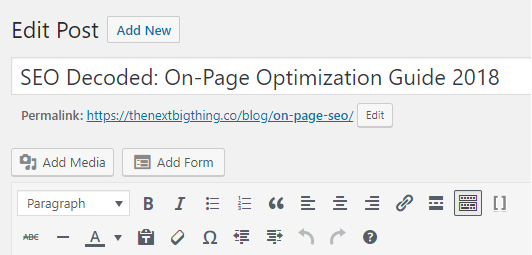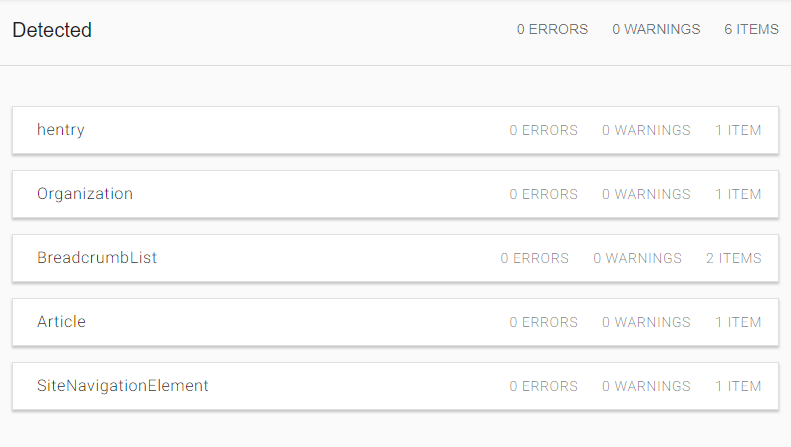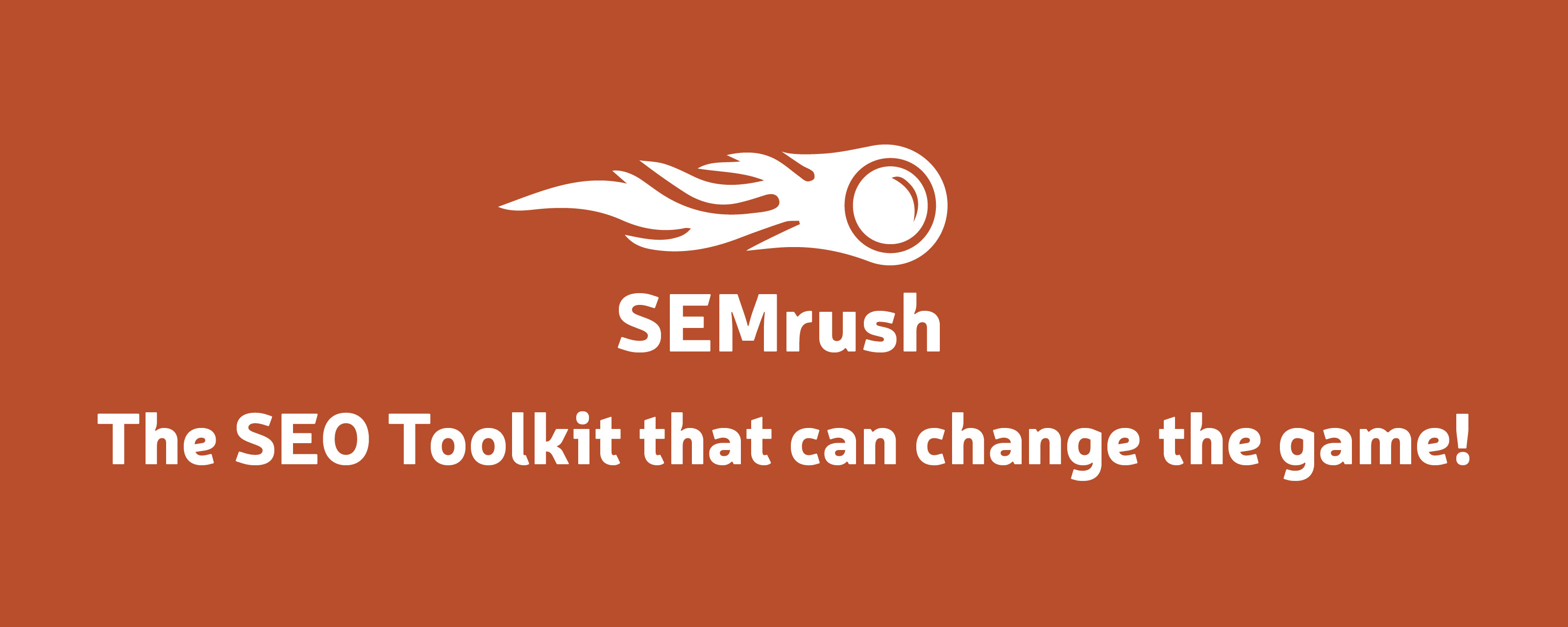
SEO Decoded: On-Page Optimization Guide 2019
SEO Decoded: On-Page Optimisation Guide 2019
Managing a business in today’s digital age revolves a lot around having an online presence. The website itself can do major marketing strategies to help the business grow. Having your website speak for your business is a good start to addressing concerns around building an online presence. Yet, the next big question is about driving traffic to the website so let’s get into how that is done.
Do we want to bring to light with vital information answers to the most common question: How can your business be ranked on top of the search results? If you’re interested in knowing, then stick around!
How Does Search Work?
There is a high possibility you have used Google ten-thousand times without caring about how it works. Let’s first understand how search engines work before getting into detailed information. Knowing how they work will help you get an idea of what can be accomplished with SEO.
Most of our daily life has become dependent on search engines. Google is the go-to option whenever you have a question, want to learn, or buy something. Within seconds results are found and you subconsciously click one of the top results.
This process takes place around 3.3 billion times a day around the globe!
What Is SEO?
SEO stands for Search Engine Optimization. It is the process of getting traffic from organic search results on search engines.
The primary search results on all major search engines are shown and ranked based on what the search engine considers most relevant to users. This is an organic approach carried out by search engines, affecting website traffic. But, we want to help you read between the lines and learn about what goes around in the SEO business.
Off-site SEO is web optimization done outside the website. This technique is laborious as it requires more time and effort.
The following are the major components of offsite SEO:
- Link building
- Reputation management
- Social media engagement
On-page SEO makes the greatest impact and helps your business organically show up on the top of the search results. On-page SEO refers to both, the content and the HTML source code that could be optimised to impact the visibility of your website.
Presenting some vital pointers that will influence search engine traffic and the visibility of your website.
HTML Optimisation:
When you hit Ctrl+U on your keyboard while on a website, you will see a page with the source code open up. It is this code that enables Google and other search engines to know webpage’s contents and find out what your site is about.
HTML Tags
Meta Titles:
These are vital in both organic results and paid ads. Titles are what show up at the top of each tab in your browser summarising each page. Meta Tile has a character limit of 60.
Meta Descriptions:
Meta descriptions determine a page’s topic to let the audience know what to expect. The character limit being 150, a well-written meta description is always a winner.
Meta Robots:
These tags guide the search engine crawlers around what the title tags, keywords, and meta descriptions are to follow and what not to.
Header Tags:
Header tags are used to highlight various headings, sub-headings, and important points on a webpage.
Image Alt Tags:
Images create engagement. The Image Alt Tag is the name of an image – the file name that includes a target keyword (for example, on-page-SEO.png) to boost optimisation.
Canonical Tags:
This is a way to inform search engines about the URLs you want them to index. Example: When there are two pages with duplicate content, the canonical tag will tell the search engine about the original and cloned content.
Hreflang Tags:
The Hreflang tag informs the search engines about the language used on a specific page. This is to let the search engine serve the result to users searching in that language.
Website Architecture
Website architecture is about the plan and design of the technical, functional and visual components of a website. This comes before the design, development and deployment of the website. With SEO becoming the need of the hour, website developers have a lot more to think about.
Here are some SEO aspects that can affect the architecture of the website.
Linking
Links are essential ranking factors in SEO as they provide search engines with more information about the website and the value it can offer.
External links:
External links point from one website to an entirely separate website. Linking your website to another website to provide further information, or they may be links from your website to another.
Internal links:
Internal links point within your own specific website. This is to keep the visitor engaged and keep them engaged for a longer time on your own website. Internal links are vital in establishing website architecture and help spread link equity (ranking power) around websites.
Device Responsiveness
With the advent of smartphones over 50% of users are spending their time browsing and searching on mobile devices over desktops. After Google started penalizing mobile unfriendly sites in 2015, almost all websites are compelled to be responsive to tabs and mobiles.
Speed Matters
Google revealed that the page loading speed of a website is a vital aspect in SEO ranking. Web developers have now started spending time in boosting the site speed by using a Content Delivery Network (CDN), compressed images and faster hosting.
A survey found that 75% of users would not re-visit a website that took longer than 4 seconds to load.
URL Structure
The URL is the preview of your website and it should be short, concise and easily readable.
A good practice would be to use a target keyword in the URL and avoid using special characters, symbols, brackets, commas, etc. Use of dashes to differentiate the strings is always encouraged.
Here’s an example of a good URL:
Errors
The Official Google Webmaster Central blog states that 404 error pages or broken pages won’t affect your site’s ranking. Yet, it’s not going to be a great experience for the viewers and its best to avoid them. When search engines cache and crawl websites, ensure they don’t encounter any crawl errors. Crawl errors include broken links, errors in the robots.txt files dynamic pages, 404 errors, sitemap errors, and more. These could hinder the performance of your website.
Content Optimisation
Like most people say: content is king. Content optimisation is the most pivotal aspect in SEO.
Here is a step by step approach towards developing a successful content strategy and making your website SEO-friendly.
Keyword Research
Keywords are terms that help in matching the query entered on a search engine for specific information. Keyword research is done to identify popular queries and phrases that are commonly used in search engines. This task helps in understanding the demand for keywords to help compete for more organic search results.
Here are the different ways to find keywords for your website:
- The most likely keywords used by individuals to find your product or service.
- Solutions that your product or service offers to your potential customers.
- Visible page copy on competitor’s websites.
- Using an online tool such as Google Keyword Tool.
- Keyword tags on competitor’s websites.
Competitor Research
Researching about your competitors is important to know what exactly you are up against.
Competitor analysis will educate you on the following aspects:
- Recognising and adopting best practices
- Understanding competitor’s strategic advantages and moves
- Finding opportunities to link
Keyword Optimisation
This is the most challenging aspect of SEO, making it the most neglected in spite of its utmost importance. Keywords can be evaluated by 3 main factors.
- Popularity
- Relevance
- Intent
Duplication Check
If a piece of content can be found in more than two places, it will most likely be considered as duplicate. Google calls it “appreciably similar” content and it does not result in a penalty but can impact search engine rankings. This will result in your content/website not showing up on search results that it would have otherwise ranked on.
Content Formatting
This is all about creating content that persuades viewers to take an action would benefit you. If you thought grammar might be the only vital aspect in developing content, you’re mistaken!
Here are some tips to keep in mind:
Short and Crisp:
The content will need to have very direct, crisp sentences and paragraphs. A detailed and long write-up is most likely overlooked by readers.
Attractive:
Content needs to be attractive with catchy headlines and strategic paragraph breaks. Use of images, infographics and an interesting style of writing always helps.
Avoid Keyword Stuffing:
Stuffing keywords makes it a forgettable experience for the viewer. Adding to this, your site’s ranking is bound to be impacted by this unethical practice.
Style Guide:
A style guide will act as an anchor to maintain a standard approach in terms of tone and image of the brand. It will help your business stand out among the competition and help viewers recall your brand.
Introduction & Conclusion:
Always ensure to have a proper introduction for any sort of content. Making it readable and story-like will take you a long way in engaging readers.
Structured data
Web pages have an undisclosed meaning that people understand when they read them. Search engines have a limited understanding of what is being discussed and that’s where structured data comes to the rescue. Structured data is a standardised format for providing, informing and classifying the page and the page content with the help of schema markup.
Example:
Schema markup
Schema markup is a script or a code that helps search engines understand the website better and generate better results for users. Once added to a webpage, schema markup creates an enhanced description (commonly known as a rich snippet), which appears in search results.
Schema markup script can be written in two formats:
JSON-LD:
JSON-LD is a way of encoding Linked Data using JSON. This allows data to be arranged in a way that is similar to traditional JSON. It is recommended by the W3C (World Wide Web Consortium).
Microdata:
Microdata is a set of tags, coded with HTML5. Adding these tags to the HTML of your web pages is like saying, “Hey search engine, this webpage speaks about this celebrity, this service or product.” This helps search engines and other applications understand your content better and display it in a relevant manner.
Both B2B and B2C marketers have realized the need to perform basic SEO practices. The key is to commit yourself to the process, the results will certainly show up!
A perfectly optimized page creates a memorable user experience and helps your brand scale up. If your goal is to generate leads, this on-page SEO information sheet will set a strong foundation to calculate your next big course of action.








No Comment